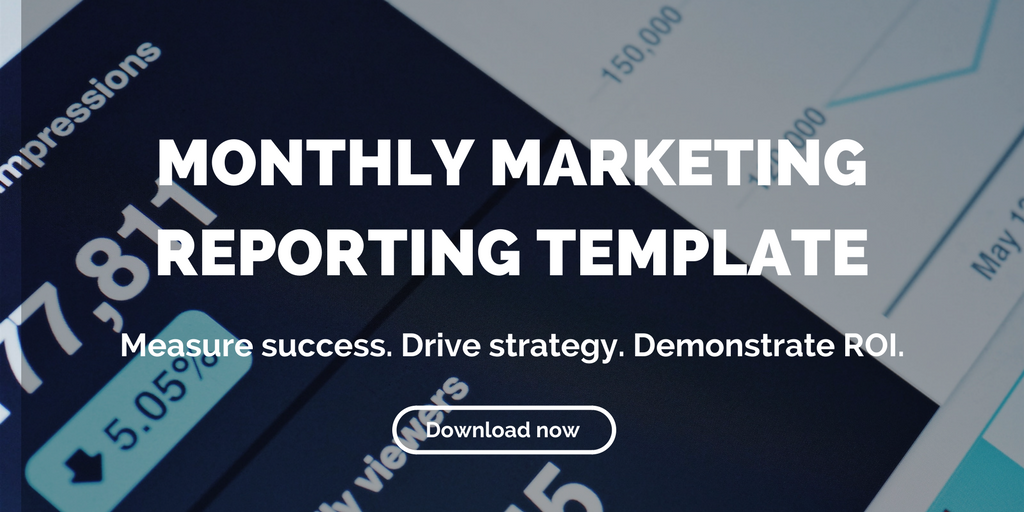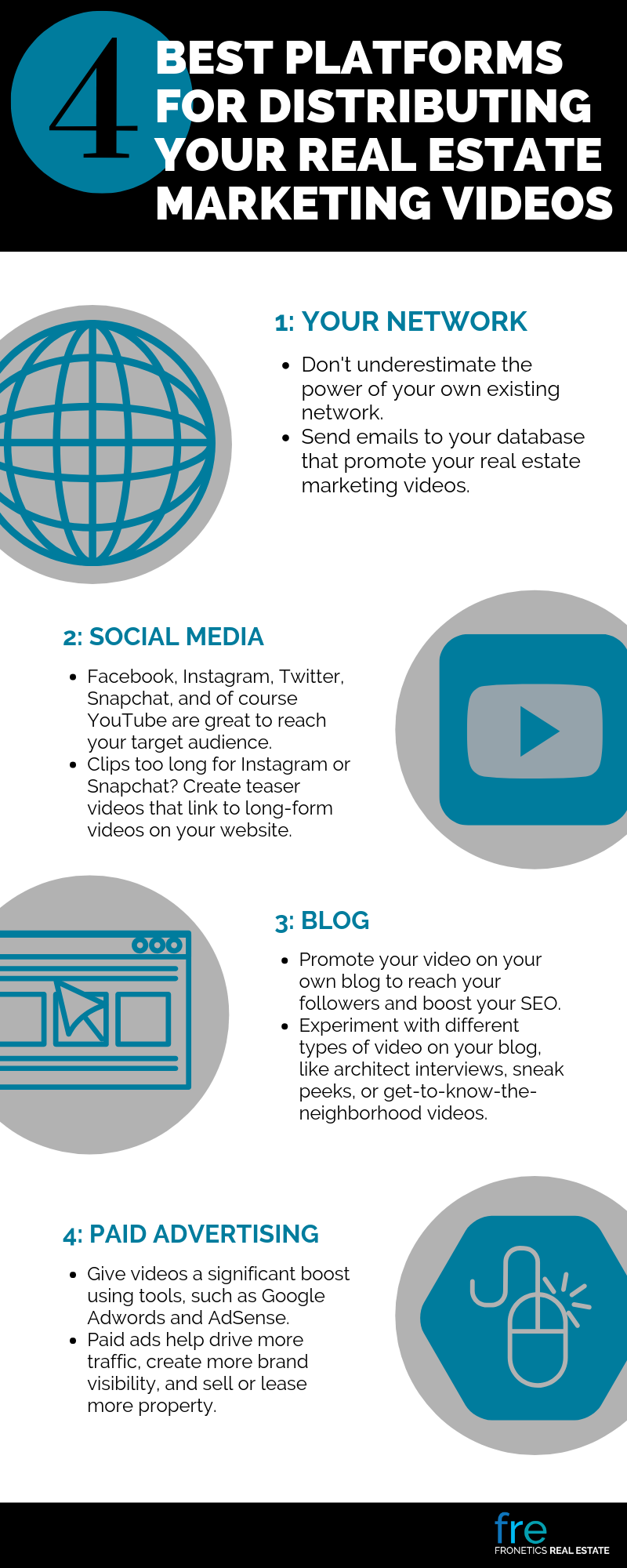Posts Tagged "Google Ads"

PPC 101: The Basics of Pay-Per-Click Advertising
Discover the power of PPC marketing and how it can be used to get in front of more people without spending a fortune on leads.
Highlights:
- PPC means that you’re not going to spend a fortune to get your luxury property in front of potential renters and buyers.
- PPC allows you to customize the cost of what you spend per click based on the size of the ad, the prominence on the site, and how popular the website is.
- You’ll spend less per lead using PPC marketing, which is why it is one of the more popular paid marketing plans available.
PPC marketing has been around for a while. Whether you know a little or a lot, we’re here to tell you more. If you’ve thought about using PPC to market your business, we’re here to help.
Let’s start by learning what PPC is and get a basic understanding of how this form of advertising can work for you.
What is PPC?
PPC stands for pay-per-click. It means that you’re not going to spend a fortune to get your luxury development in front of potential renters and buyers. Instead, you’re only going to pay for the clicks that are actually made to your landing page.
When you’re trying to figure out what type of marketing you want to use, PPC works because it’s paid. It ensures that you reach people who you wouldn’t ordinarily see your brand. Particularly when you’re tapping into a new niche, it can be beneficial to spend money because it will make it possible to get the leads that you need.
When it comes to gaining marketing leads, there are several forms of marketing that can be beneficial. This includes a great-looking website, social media, and paid advertising, which should include PPC.
How does PPC work?
PPC is so much more than paying to have your ad on a particular website. You don’t want to spend thousands of dollars to put your ad on a website only for it to sit there without traffic. PPC allows you to customize the cost of what you spend per click based on the size of the ad, the prominence on the site, and how popular the website is.
There are different types of PPC, such as search ads and display ads. This determines where your ad is going to go. A variety of ad networks will make it easy for you to find a home for your ads. Google Ads is one of the most popular ones that you can use. Bing and Microsoft have their own versions, too. With display ads, you’re able to choose the graphics as well as where the ad leads to, whether it’s a homepage or a specific landing page.
You only pay when someone clicks on the ad. If your ad is shown to 1,000 people and only 10 people click on it, the only expense is the cost of 10 clicks. This ensures that the overall marketing cost is lower. You’ll spend less per lead using PPC marketing, which is why it is one of the more popular paid marketing plans available.
Particularly within the luxury development industry, the cost per lead is going to be a little higher while still allowing you to get a great return on investment. Some keywords will cost more than others. Further, where the keywords are being placed can cost more.
A budget can be created to stay in control of what you spend. The cost is usually identified as per day or per month. Once you have reached your allotted budget for the timeframe, the ad network will turn your ads off so that no more money is spent.
Related posts:
- Paid Social Advertising: Why Your Property Should Invest in Lead Ads
- How Pay-Per-Click Helped This Property Get 54 Leads
- Paid Digital Advertising: A Beginner’s Guide for Real Estate Marketers
Posts Tagged "Google Ads"

Real Estate Marketing Strategy 2019: Retargeting
Retargeting offers a number of advantages to real estate marketers, including increased lead generation and conversions.
Highlights:
- A retargeted ad, rather than going out to a general population with certain parameters (a specific search term, for example), is limited to those who have already visited your website.
- Customers need repeat visits or contacts with your brand to determine if they want to purchase or lease one of your properties.
- Retargeting makes it easier for you to connect with potential clients and get the results you need to grow your business.
As you set your real estate marketing strategy for 2019, you want to be sure that you aren’t missing out on any vital opportunities to reach potential customers. You’ve probably designed plans for your social media accounts, put together an email marketing list, and worked to improve your SEO — but have you considered retargeting as part of your real estate marketing strategy for 2019?
What is retargeting?
Retargeting allows you to focus your attention on people who have already visited your website. A retargeted ad, rather than going out to a general population with certain parameters (a specific search term, for example), is limited to those who have already visited your website. This allows you to generate more repeat traffic, which can, in turn, help with your conversion rates and, ultimately, your sales.
In order to set up ad retargeting, you start by inserting a specific piece of code into your website. Google ads have easy to follow tutorials on how to set up codes that link to your ads. The code has no impact on the way your site runs and, for the most part, it’s unnoticeable to potential clients. When they visit your website, however, the code attaches a cookie to the visitor. Then, when the visitor leaves your site and sees ads elsewhere on the internet, the cookie lets the ad provider know they’ve been to your site — and increases the likelihood the visitor will see one of your ads.
How does retargeting help?
As a real estate marketer, you may make contact with your clients in a variety of ways: via email, over the phone, in person, on social media, and through your website. When potential buyers visit your website, they only have about a 2% chance of converting, whether that means signing up for your email list or calling you about putting their house on the market.
The more they spot your brand, the more likely they are to remember your name and company, which increases the chance they will turn to you when they are ready to make a purchase. Customers need repeat visits or contacts with your brand to determine if they want to purchase or lease one of your properties. Retargeted ads ups the chances of a conversion by as much as 70%.
Is retargeting part of your strategy?
So, how do you actually incorporate retargeting into your real estate marketing strategy?
Adding retargeting to your paid search ads will increase the odds you will reach potential clients who have visited your site in the past, which raises the odds they are genuinely looking for a property in your area. Retargeting is also a highly effective way to connect with past clients when they have future property needs.
The simple strategy of remarketing can offer a number of advantages that will make it easier for you to connect with potential clients and get the results you need to grow your business.
Related posts:
- Our 6 Favorite Marketing Automation Tools for Real Estate Marketers
- What are Google Sitelinks and Why Real Estate Marketers Need to Know About Them
- Paid Digital Advertising: A Beginner’s Guide for Real Estate Marketers
Posts Tagged "Google Ads"

Infographic: Best Video Distribution Channels for Real Estate Marketing
Knowing the right video distribution channels for your real estate marketing videos can go a long way toward driving traffic and getting your content to your target audience.
Highlights:
- Choose video distribution channels that match your marketing goals.
- Don’t underestimate the power of your own network — use this network as the starting point for distribution.
- Paid ads can give video an extra boost.
You made the leap and embraced video marketing, the latest trend in digital marketing. The videos are informative and show what makes your brand unique, BUT they are not getting the views or shares you were expecting.
After dedicating your time and hard work (not to mention, marketing dollars), you want to make sure your real estate marketing videos are getting in front of your target audience and helping move buyers down the sales funnel. How can you do that? The answer is distribution.
Choosing the right platform (or platforms) to distribute your videos will help boost reach and ROI. But how do you know what platforms are right for you? Platforms and marketing trends are constantly changing; it’s hard to know which distribution channels are best for your target audience. Let us help.
Here are the four best video distribution channels for your real estate marketing videos.
1. Your network
Don’t underestimate the power of your own existing network. Send your videos, via email, to your primary contacts and everyone in your current database. In a recent study, emails with video had a 96% higher click-through rate than emails without video. With such increased engagement numbers, including video in your emails is surely a homerun.
2. Social media
Platforms like Facebook, Instagram, Twitter, Snapchat, and — of course — YouTube are great to reach your target audience. Within the social media category, you want to consider which platforms suit your content best. YouTube is a great place to start, but there are also many real estate specific online forums and social groups that can benefit you as well.
And don’t worry if you have longer videos that won’t work for platforms like Instagram. You can easily create teaser videos for promotion on Instagram that link to your long-form videos embedded on your website or video channel.
3. Blogs
Blogs are one of the easiest ways to drive organic traffic and increase lead generation. Promote your video on your own blog to reach your followers and boost your SEO. Blogs are also a great place to experiment with different types of marketing videos. Whether video tutorials, interviews, or even “Get to Know Us” videos, your blog is great place to capitalize on your videos by integrating them into your existing marketing efforts.
4. Paid ads
While the first three video distribution channels that we discussed are organic, sometimes it is well worth it to use paid ads to give your videos a significant boost, such as Google Ads. Paid ads help get your videos in front of prospective buyers and renters faster than would happen organically. Pair quality video with a comprehensive digital advertising strategy, and you will be in a position to drive more traffic, create more brand visibility, and sell or lease more properties.
Bottom line
We live in a highly visual world. Real estate marketing with video is an immediate and effective way to reach your audience and show them what makes your brand and properties special. Using the right video distribution channels helps you get the most out of your video marketing efforts.
Related posts:
- 6 Simple Tools for Creating Animated Real Estate Marketing Videos
- 4 Real Estate Blogging Tools You Should be Using
- 3 Ways to Boost Your Real Estate Marketing with Video




